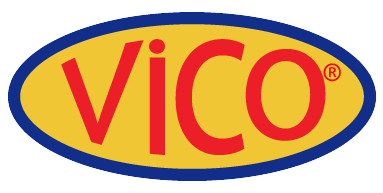-
-
-
Total payment:
-

DIE CASTING
Posted by Vico Casting Export Company Limited at 22/10/2022
Die casting is a manufacturing process in which molten metal is poured or forced into steel molds. The molds—also known as tools or dies—are created using steel and are specially designed for each project. This allows each component to be created with accuracy and repeatability. Aluminum, zinc, and magnesium are the most commonly used die casting alloys.
Die Casting Advantages
Die casting can have significant advantages over other manufacturing processes, which often lead to major cost savings, not only in the part price itself but also in the overall cost of production. When you cast a part, you can create complex net shapes, including external threads and complex internal features with minimal draft angles—minimizing secondary operations. You can also combine multiple parts into a single part, eliminating assembly operations and lowering labor costs, with the added benefits of simplified stock control and greater component consistency.
Other benefits include:
- Variable wall thicknesses
- Tighter tolerances
- Fewer steps from raw material to finished part
- Fast production cycle times
- Reduction in material scrap
- Long tool life, especially for zinc and magnesium
Die Casting Alloys
Zinc, aluminum, and magnesium are the three main die casting alloys. They are normally non-ferrous and their mechanical properties vary greatly to fit almost every type of application a manufacturer may need. Not only can die cast alloys withstand high operating temperatures, but they are also fully recyclable. Die cast alloys also have:
- Good corrosion resistance
- High strength and hardness
- High thermal conductivity
- High electrical conductivity
- Outstanding EMI/RFI shielding properties
- Good finishing characteristics











